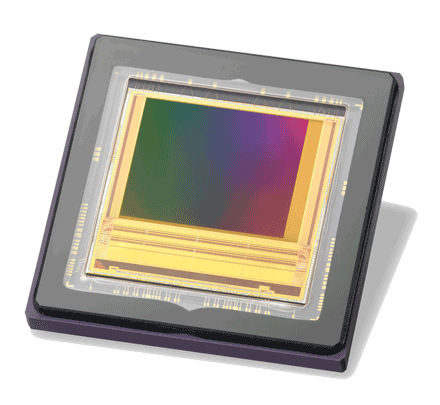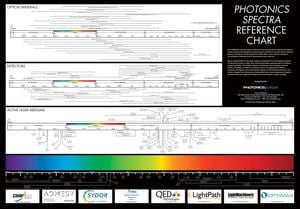|
Wednesday, November 22, 2017 |
|

|
|
|

|
| sponsor |
 |
|
Bioinspired Approach Could Enhance Solar Cell Light Absorption by 200 Percent
The nanostructures that optimize light absorption on a black butterfly’s wing have led researchers to a way to improve light harvesting in thin-film solar cells, potentially increasing light absorption rate in cells by as much as 200 percent. The wings of the black butterfly, Pachliopta aristolochiae, are covered by micro- and nanostructured scales that harvest sunlight over a wide spectral and angular range. Researchers observed that these structures absorb light far better than smooth surfaces.
|
|
|
|
|
|
NIH Team Improves 3D Imaging Efficiency, Speed and Resolution
Scientists have developed a technique that improves the spatiotemporal resolution and collection efficiency of light-sheet fluorescence microscopy (LSFM), without modifying the underlying microscope. The technique instead uses reflection to improve speed, resolution and light efficiency. A reflective, mirrored coverslip is used in place of a conventional glass coverslip.
|
|
|
|
|
|
Handheld Spectrometer Wirelessly Transmits Data to Smartphone
A wireless handheld spectrometer that is smartphone-compatible could make it easier and more economical to acquire spectral images of everyday objects and in the future could be used for point-of-care medical diagnosis in remote locations. The device can detect wavelengths from 400 to 676 nm. A white LED array lamp is used as the light source.
|
|
|
|
|
|
 BORA 1.3M Time of Flight Sensor
BORA 1.3M Time of Flight Sensor
Teledyne e2v (UK) Ltd.
The 3D Time of Flight (ToF) BORA sensor is a 1.3 million pixel CMOS image sensor, designed with Teledyne e2v’s proprietary CMOS imaging technology. It is ideal for systems operating at short or mid distances and ranges. It features an optimized multi-integration mode together with an electronic global shutter.
Visit Website
Request Info
|
|
|
 Photonics Spectrum Reference Chart
Photonics Spectrum Reference Chart
Photonics Media
This full-color, 30 × 20.5-inch poster of the photonics spectrum displays the major commercial laser lines, detectors and optical materials in the ultraviolet to the far-infrared and beyond. The chart was updated in 2015 to reflect the changing technologies in the photonics industry. The convenient format makes it easy to quickly find the information you need.
Visit Website
Request Info
|
|
|
|
|
|
Ultrafast Pulses Coherently Control Function in a Living Cell
Researchers have used light to excite a light-sensitive channel in the membrane of optogenetic mouse neurons. When the channels were excited, they allowed ions through, which caused the neurons to fire. The researchers say the same technique could be used on cells that are naturally responsive to light, such as retina cells.
|
|
|
|
|
|
Doping Quantum Dot Lasers Helps Them Release Light More Efficiently
Doping quantum dots (QDs) with additional electrons has been found to cause the specially designed QDs to produce laser light with less stimulation and less energy loss. By adding extra charge carriers to their QDs, researchers were able to block absorption and create a state of transparency without external stimulation, reducing the optical-gain threshold to virtually zero.
|
|
|
|
|
|
American Society for Cell Biology (ASCB) 56th Annual Meeting
December 2-6, 2017 - Pennsylvania Convention Center - Philadelphia United States
Photonics Media Booth: 911
The 2017 joint ASCB/EMBO meeting will highlight the importance of inclusiveness and of the exchange of information and ideas beyond national boundaries. In attendance will be researchers from a broad range of areas, including cell biology, computational biology, molecular biology, CRISPR/Cas9, RNA sequencing, image analysis, neuroscience, cancer, big data science, biophysics, superresolution microscopy and more. The 2017 doorstep symposium will feature leaders in the cell biology of brain development, function and degeneration and will provide an overview of the field, with significant time allotted for discussion and interaction between audience and speakers.
|
|
|
|
 |
|
|
|

CALL FOR ARTICLES!
Photonics Media is currently seeking technical feature articles on a variety of topics for publication in our magazines (Photonics Spectra, Industrial Photonics, BioPhotonics and EuroPhotonics). Please submit an informal 100-word abstract to Managing Editor Michael Wheeler at Michael.Wheeler@Photonics.com, or use our online submission form.
|
|
|
|